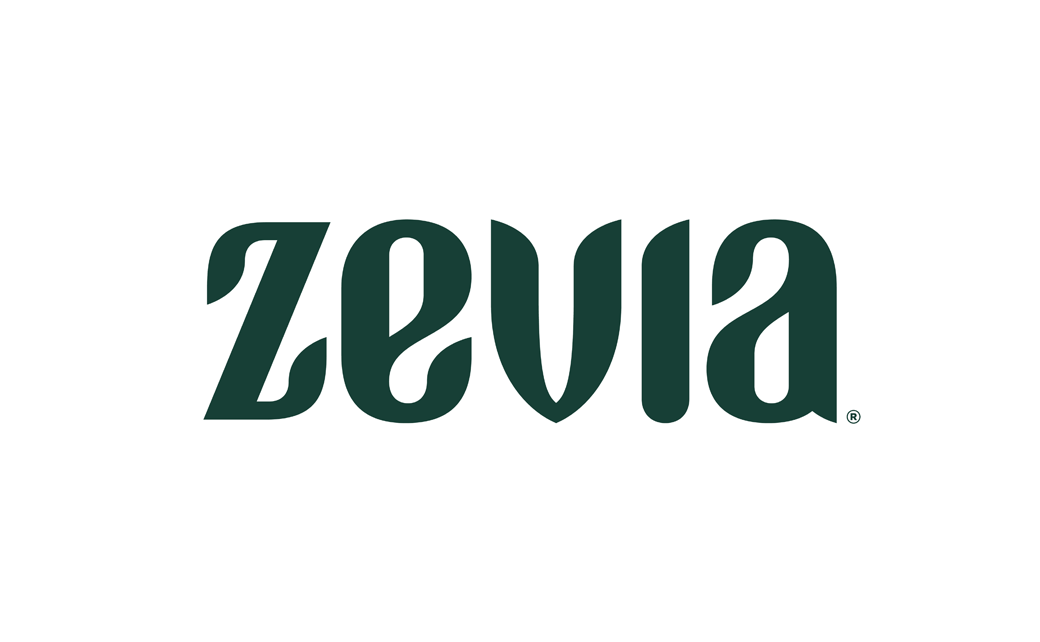Cultivate a Positive Workplace Culture and Increase the Bottom Line
A strong workplace culture is a cornerstone of successful companies, fostering an environment that boosts employee engagement, retention, and productivity. In today’s competitive market, culture isn’t just about creating a pleasant work environment—it’s about driving long-term financial success. Companies that invest in a positive workplace culture see tangible returns on investment (ROI), including reduced turnover, enhanced performance, and ultimately, higher profitability.
The Importance of a Positive Workplace Culture
Workplace culture defines the shared values, beliefs, and practices that guide how employees interact and work together. A positive culture creates a sense of belonging and purpose for employees, fostering collaboration, innovation, and high morale. This directly impacts the bottom line, as employees who feel engaged and valued tend to perform better, stay with the company longer, and contribute to a positive working environment.
When employees align with the company’s mission and values, they are more likely to exhibit higher productivity and engagement. In fact, according to Gallup, businesses with strong cultures are 85% more profitable over a 5 year period compared to those with weaker ones, due to higher employee engagement, better customer service, and increased innovation Gallup. This emphasizes how culture isn’t just a “soft” metric but a vital element that drives financial outcomes.

Employee Engagement and Retention
Employee Engagement: Employee engagement is the emotional commitment employees have to their organization and its goals. Engaged employees are passionate about their work and more likely to put in extra effort to achieve success. They tend to be more productive, creative, and committed to the company’s success. Research from Lattice indicates that engaged employees improve overall business performance and contribute significantly to customer satisfaction and revenue growth. One Gallup study found that engaged companies had at least 10% higher customer satisfaction scores than their competitors. There’s also evidence that a positive employee experience correlates to long-term customer loyalty and even advocacy. A survey of Starbucks customers found that 87% of them attributed their affinity for the brand to its treatment of employees.
Engagement can be cultivated through clear communication, recognition, and opportunities for professional development. Regular feedback, open lines of communication between employees and management, and fostering a sense of community are key to building engagement. Disengaged employees, on the other hand, can lead to reduced productivity, absenteeism, and even negative workplace culture, all of which affect profitability and increase turnover.
Retention: A positive workplace culture is a critical factor in employee retention. High turnover rates can be incredibly costly—not only in terms of recruiting and training new employees but also in lost productivity and decreased morale. Replacing an employee can cost anywhere from 50% to 200% of their annual salary, depending on the role. A report by Wellable states that companies with thriving corporate cultures — those that value employees, foster leadership and create a challenging, yet supportive, environment grew 682% in revenue. Conversely, those that lacked good company culture only grew 166% in revenue.
When employees feel valued, heard, and connected to their work environment, they are more likely to stay with the company long-term. A company that invests in building a positive culture reaps the benefits of loyalty, which translates into lower turnover rates, reduced recruitment costs, and more stable team dynamics.
The ROI of Positive Workplace Culture
Investing in workplace culture doesn’t just create a happier workforce; it delivers concrete financial returns for the organization. Companies that prioritize culture see improvements in several key areas:
Reduced Turnover Costs: Turnover costs can drain an organization of resources, with the cost of replacing an employee often exceeding their annual salary. By fostering a strong workplace culture, companies can significantly reduce these costs. Engaged employees are more likely to stay with the company, cutting down on recruitment and training expenses. According to Lattice, companies that prioritize employee engagement see turnover rates up to 59% lower, translating to substantial savings and a better return on investment.
Lower Absenteeism: A strong culture can also reduce absenteeism, as engaged employees are more committed to showing up and performing at their best. Lower absenteeism reduces the costs of hiring temporary workers and redistributing workloads, which can often result in decreased productivity. By maintaining high levels of engagement, companies can improve attendance and reduce these hidden costs.
Enhanced Recruitment: Positive workplace culture is also a powerful recruitment tool. Companies known for their strong cultures tend to attract top talent more easily, saving money on recruiting efforts. Furthermore, a good reputation as an employer can reduce the time and resources spent on sourcing and onboarding new hires.

How to Build and Sustain a Positive Workplace Culture
Creating a positive workplace culture requires intentional actions and a commitment from leadership. Here are several strategies to build and sustain a strong culture:
- Leadership Engagement: Leaders play a critical role in shaping and maintaining company culture. They need to embody the values they wish to see within the organization. When leadership models open communication, collaboration, and recognition, employees are more likely to follow suit.
- Foster Open Communication: Open communication is essential to building trust within the workplace. Regularly engage employees in decision-making processes and create opportunities for feedback. Tools such as surveys and focus groups can help measure employee engagement and identify areas for improvement.
- Recognition and Rewards: Recognition is one of the most effective ways to boost employee morale and engagement. By acknowledging the contributions of employees—whether through formal awards or informal praise—companies create a culture of appreciation. This leads to higher levels of motivation and performance.
- Invest in Employee Development: Offering opportunities for growth and learning is a crucial part of retaining top talent. Employees who see a clear path for career development are more likely to stay engaged and committed to the organization. Professional development programs and mentorship opportunities can foster both personal and organizational growth.
The Long-Term Value of a Positive Culture
Cultivating a positive workplace culture is a long-term investment that drives employee engagement, reduces turnover, and improves profitability. Companies that prioritize their employees’ well-being and create environments of trust, collaboration, and recognition will see tangible returns on their investment. By focusing on building a strong culture, businesses can ensure long-term success, retain top talent, and create an engaged workforce that contributes to ongoing growth and innovation.


















